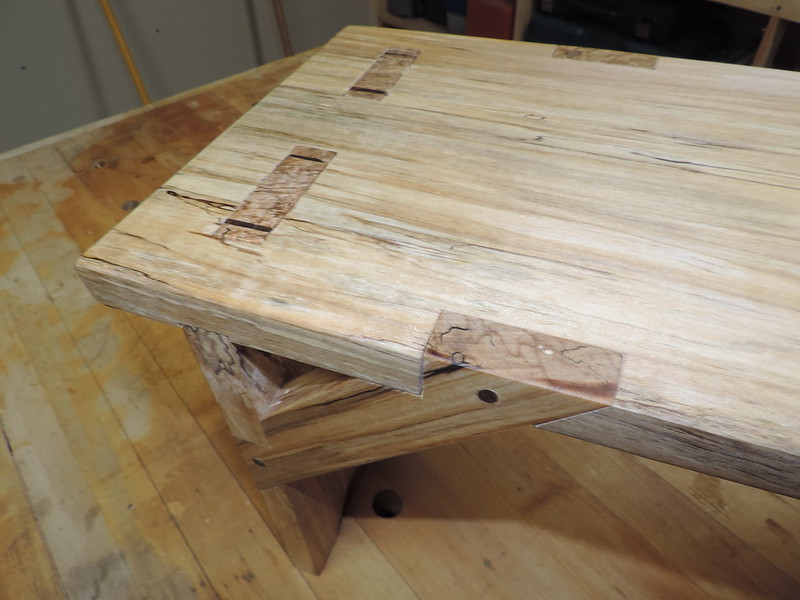I’m building a trestle table and the lower stretcher connects the two trestles with a wedged through mortise and tenon. I can’t decide how much the tenon should protrude through the mortise. Right now, I have it about 1/4”, but it seems to like too much to my eye. I’m curious what others have done or prefer.
-Tom




 Reply With Quote
Reply With Quote




